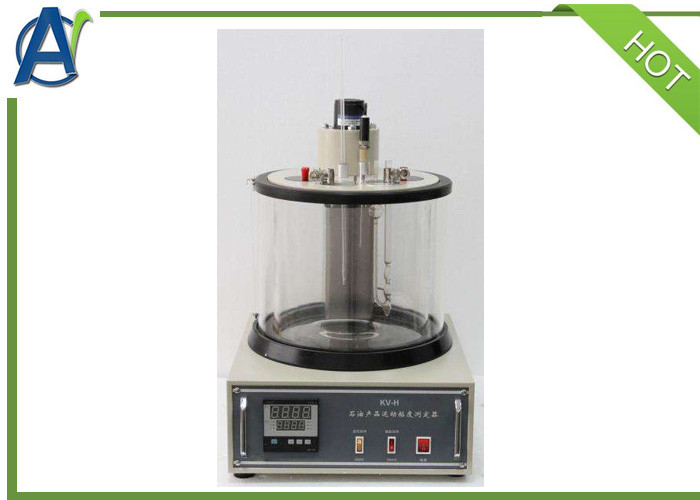



Indeed, an AODD pump cannot operate in systems where the loss of the suction line exceeds the pump capacity. Often it is necessary to increase the diameter of the suction line to compensate for the loss. The diameter of the pipe and the flow rate greatly affect the loss of the line. To determine if the pump can suck the fluid to be processed, it is necessary to calculate the suction line loss for the desired flow rate. It is therefore necessary to assess whether the dry lifting capacity of the pump exceeds the loss of the suction line at the desired flow rate. The answer to this question can be found by comparing the dry lifting capacity of the pump with the loss of the suction line. Can the AODD pump draw fluid at the desired flow rate? The questions that need to be answered to determine if an application meets the requirements needed to handle high viscosity fluids are as follows.ġ. However, some techniques can be employed to estimate the factors affecting flow rates in diaphragm pumping systems with high viscosity fluids. The answer is more about the piping system to which the pump is connected than the technical characteristics of the pump itself. A very common question asked by users of pneumatic double diaphragm pumps (AODD) is the following: what is the maximum viscosity of a fluid that can be transferred inside the pump?


 0 kommentar(er)
0 kommentar(er)
